Overview
Protest is an invaluable way to speak truth to power. Throughout history, protests have been the driving force behind some of the most powerful social movements, exposing injustice and abuse, demanding accountability and inspiring people to keep hoping for a better future.
Unfortunately, these precious rights are under attack and must be protected from those who are afraid of change and want to keep us divided. Governments and others with power are constantly finding new ways to suppress protest and silence critical voices. Global trends towards the militarization of police, the increase in the misuse of force by police at protests and shrinking civic space mean that it is becoming more difficult to stay safe while making your voice heard.
The ability to protest safely is an issue that intersects with the right to be free from discrimination. People who face inequality and discrimination, based on their age, race, gender identity and many other factors, face even more dangers to their right to protest. It is crucial that everyone can protest safely and without discrimination.
In its flagship campaign, Protect the Protest, Amnesty International is working to expose when the right to protest is being violated and support movements worldwide as they strive for positive change. The campaign calls on governments to send a clear message that protesters should be protected and to remove unnecessary barriers and restrictions to peaceful protest.
It’s time to loudly remind those in power of our inalienable right to protest, to express grievances, and to demand change freely, collectively and publicly.
Agnès Callamard, Amnesty International’s Secretary General
Protest under attack around the world
Why is protest important?
One action can spark a movement. If we work together, we can create a better world where everyone is equal and free from inequalities.
Protest has played a vital role in making sure our human rights are acknowledged by institutions with power. From the Salt March against British colonial rule in India in 1930 to the decades of Pride marches that followed the Stonewall Riots in 1969, to the Black Lives Matter protests in recent years, people power is constantly shaping our world. There are countless examples when people came together and made history and delivered us the rights and liberties we enjoy today.
Driven by creativity and a sense of shared humanity, protest takes a multitude of forms online and offline, from strikes, marches and vigils to sit-ins and acts of civil disobedience.
These strategies and tactics can be used to pave the way for progress in areas that impact our everyday lives, including better governance, safer working conditions, and combating issues like racism, discrimination and environmental destruction.
Peaceful protests
People have a right to protest peacefully, and states have a duty to respect, facilitate and protect this right. This means they shouldn’t interfere with protests, unless there is a legitimate threat to the safety and rights of others.
If police try to stop or limit a protest, that intervention must be proportionate and necessary, or in other words, must do more good than harm and must be the least rights restricting option.
Authorities should instead find ways to make these spaces safer, by communicating with those organizing the protest and providing services like traffic management and access to first-aid services.
However, in many cases, intervention from state authorities is what causes otherwise peaceful disruptions to become dangerous and violent.
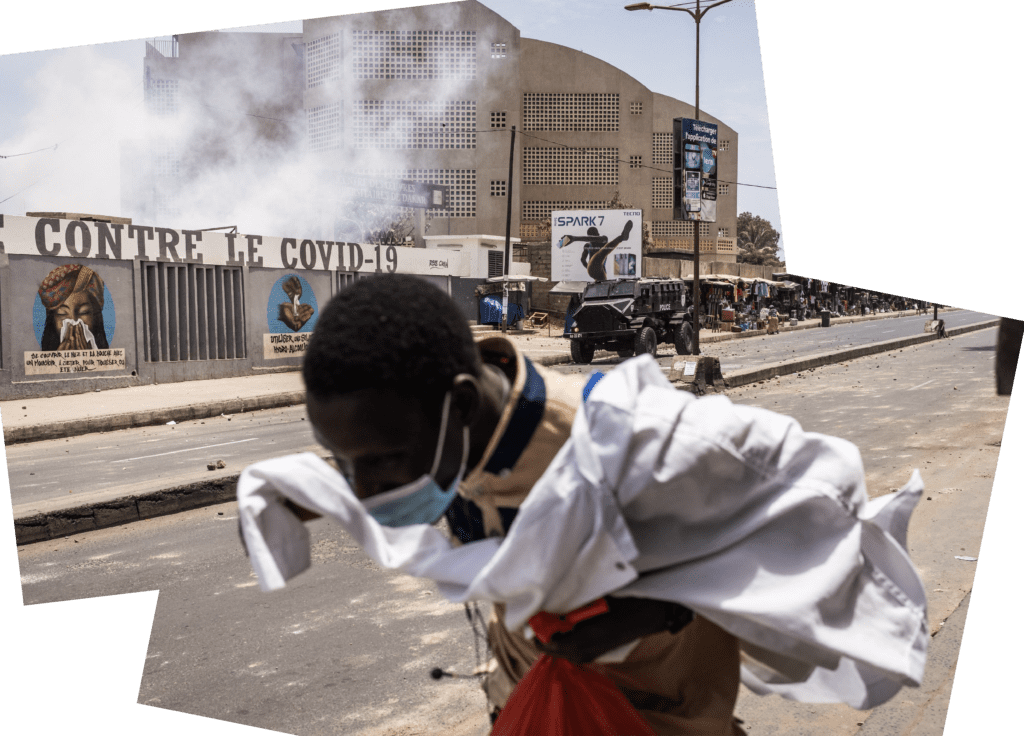
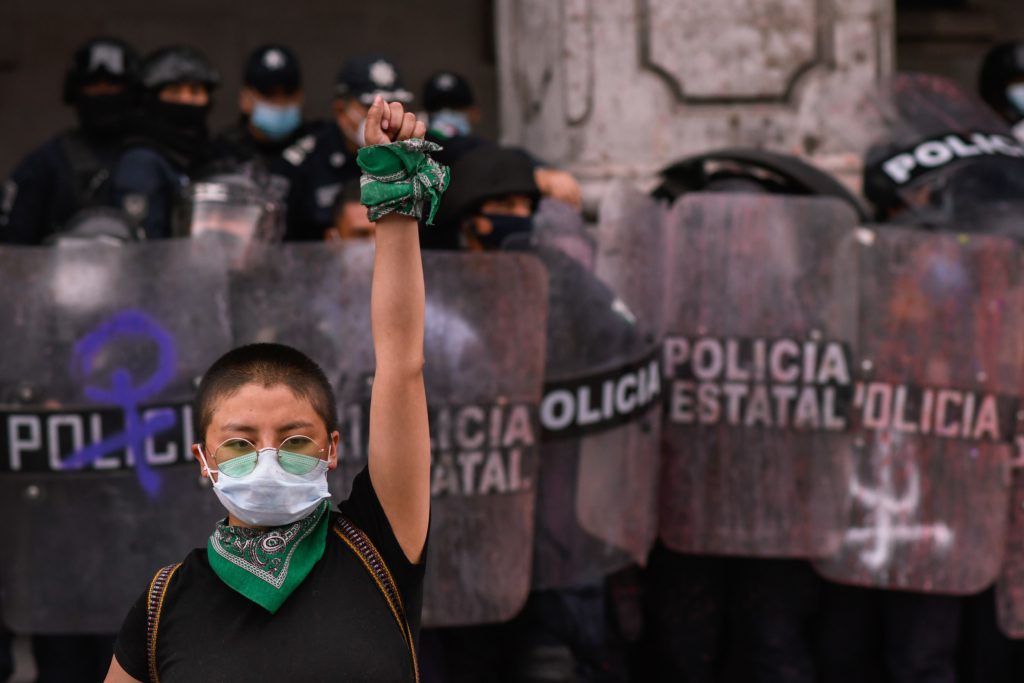
Is protest a human right?
When taking part in a protest, a person is exercising a variety of universally recognized human rights.
As well as the rights to freedom of expression and peaceful assembly, this includes other rights that are essential to enable peaceful protest, including the right to life, to freedom of association, to privacy, and to be free from arbitrary arrest and detention, and from torture and other ill-treatment or punishment.
Therefore, rather than being codified under a single law or treaty, the right to protest is protected under international human rights law by provisions enshrined in various international and regional treaties guaranteeing each of these distinct yet mutually reinforcing rights. Taken together, they provide protestors with comprehensive protection.
Discrimination and the ability to protest safely
While we all have equal rights to peacefully protest, it is important to acknowledge that intersecting forms of discrimination, from age to gender to race, make it more difficult for some people to access those rights.
Women, LGBTI people, gender-non-conforming people, children and young people face specific challenges when it comes to participating in protests safely. For example, there is an outright ban against women attending protests in Afghanistan. In other countries, women are at an increased risk of gender-based violence if they decide to take to the streets and join a protest.
Pride marches around the world are regularly banned or violently suppressed by state authorities. In countries where same-sex conduct is criminalized, people attending Pride marches put themselves at risk of getting arrested.
By working together and ensuring that everyone – including the most discriminated against – can participate in protests equally and without fear of violence, we can create a more just and equal world.
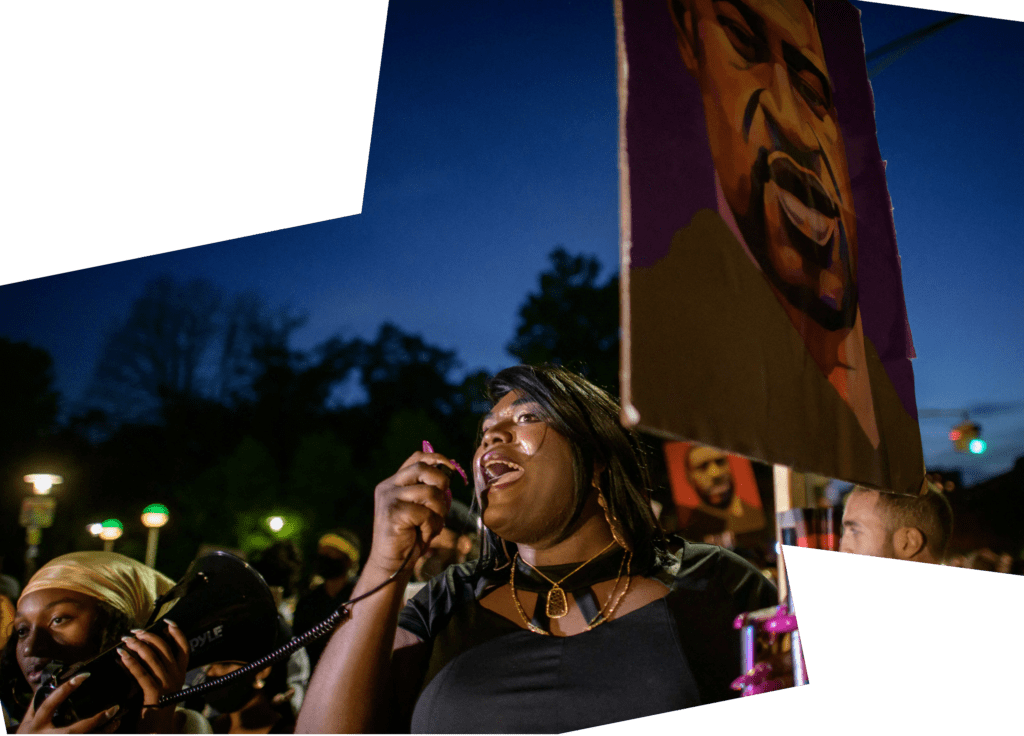
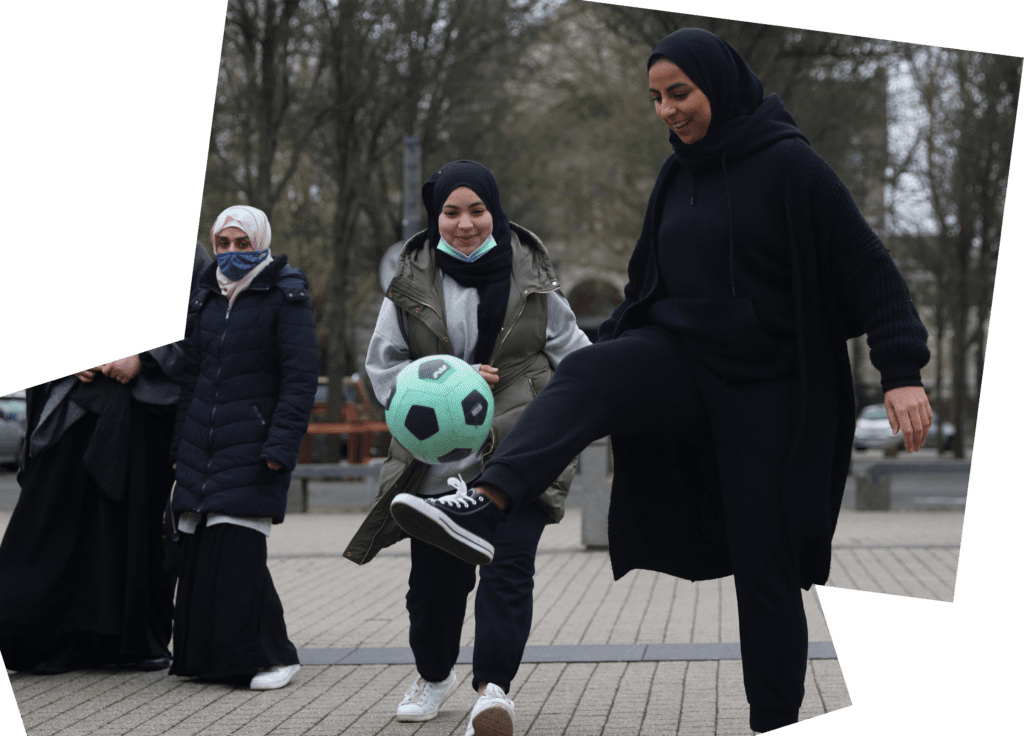
Case Study: Muslim women footballers banned from protesting in France
In France, a group of Muslim women footballers called Les Hijabeuses notified the police authorities of a protest they were planning to hold outside the French Parliament. They planned to protest against existing policies and a draft law threatening to expand discriminatory prohibitions banning women who choose to wear headscarves from participating in competitive matches.
The evening before the protest was meant to take place, police authorities banned it, citing stigmatizing stereotypes about Muslim women and unfounded concerns that the mobilization would lead to social disorder and violence.
Eventually, a tribunal ruled that the ban was unlawful. However, by that point, the protest had already been called off.
The story of Les Hijabeuses is a clear example of how people who are already marginalized and discriminated against face even harsher realities when they exercise their right to protest. Their fight to end discrimination in French sport continues.
Police at Protests
The way police and other state authorities engage with protesters has become increasingly militarized since the early 2000s. Militarization is happening in many ways, including the deployment of armed military forces to suppress protests and supplying police with equipment like armoured vehicles, military-grade aircraft, surveillance drones, guns and assault weapons, stun grenades and sound cannons.
Military forces are organized, trained and equipped for war and defence and have no place at a protest, where police should be trained in de-escalation, mediation and keeping people safe.
Governments try to justify this disproportionate escalation in the use of force by painting protesters as a threat to public safety, but in truth, these tactics are ultimately a way to intimidate people into silence.
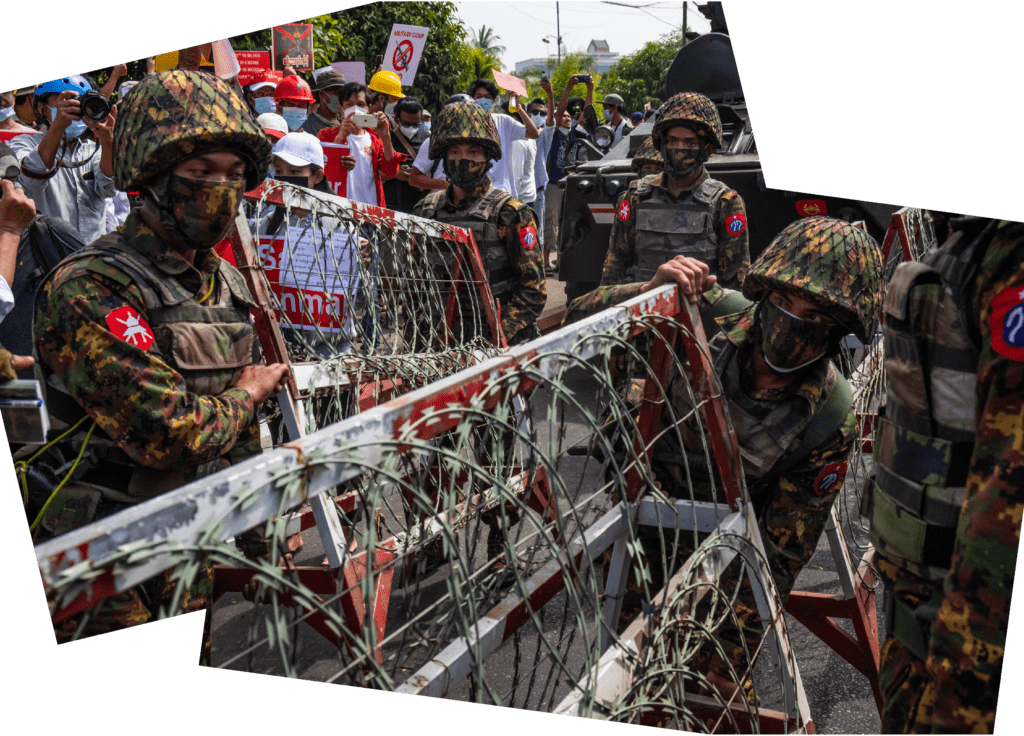
Law enforcement equipment used as tools of torture
Sometimes law enforcement needs to use equipment to protect peaceful protesters and keep protests safe. However, if this equipment is used abusively, it can undermine protesters’ human rights.
Protesters face a growing risk of serious injury – and even death – at the hands of security forces. This is often caused by two factors;
- The wide use of tools that are designed to torture
- The use of ‘standard police equipment’ in a way that puts people at unnecessary risk of harm
Amnesty International is campaigning for a ban on the production of abusive tools of torture such as direct contact electric shock devices and spiked batons. Equipment like this is specifically designed to inflict severe pain and suffering that is considered torture or other ill-treatment, which is unlawful under the UN Convention against Torture.
We also document the misuse of ‘standard police equipment’ such as rubber bullets and police batons. This equipment can have a legitimate role in law enforcement if used responsibly, but there are countless cases of repressive police forces using it to inflict unnecessary harm on protesters.
There is an urgent need for stronger regulation to stop law enforcement from torturing protesters.
This means banning the tools of torture, controlling the trade in other equipment, and creating better laws to ensure standard police equipment is used in line with international standards on the use of force.
Take the torture out of protest
Ask your government to back a new global treaty to regulate the trade of policing equipment
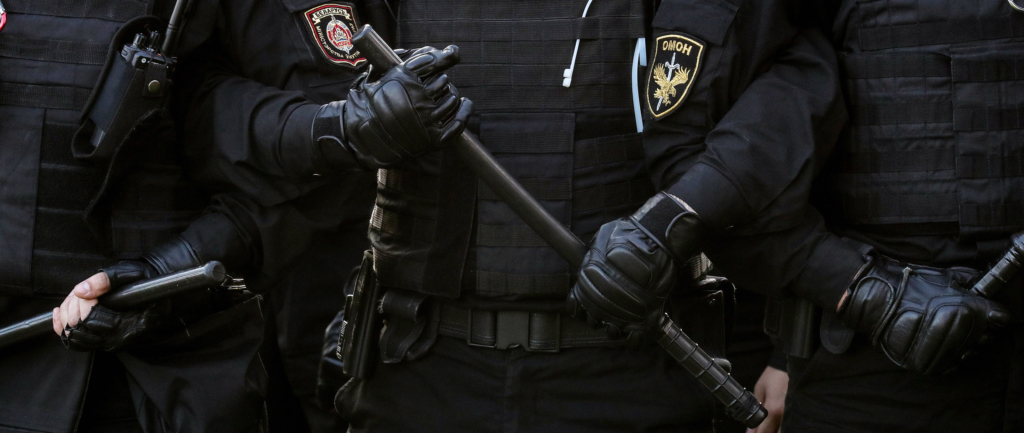
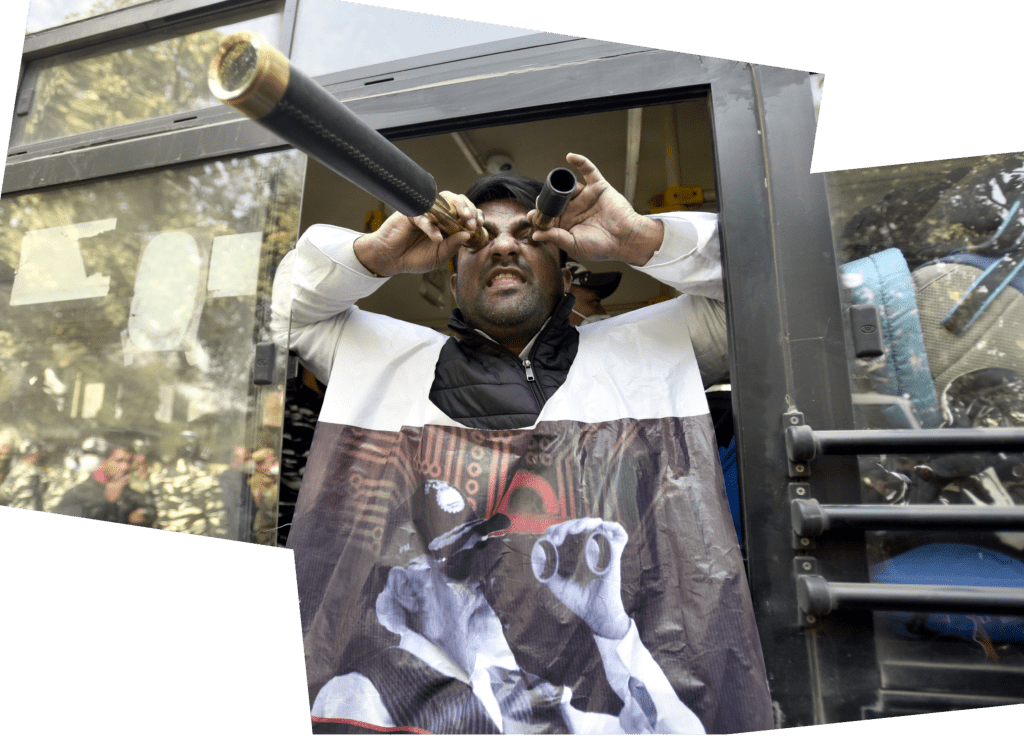
Surveillance at Protests
It is impossible to ignore the positive impact that technologies like social media and other digital communication have on our ability to join or organize protests. But other types of technological advancements are making it riskier to exercise the right to protest.
Police and other state authorities often use facial recognition software and CCTV and IMSI tracking technologies to track phones. The use of mass surveillance tactics like this not only invades protesters’ right to privacy but also intimidates people so that they are less likely to want to attend protests in the first place.
How to stay safe at a protest
Some protests will be much safer than others, for example, those which are overtly family-friendly. If you’re not sure what to expect, contact the organizers to get more information.
If there is a possibility that the situation could become more dangerous, there are ways you can be prepared to make sure you stay safe. Click here for a more detailed guide with steps you can take.
- Know your rights – You have a right to peacefully assemble, a right to privacy and a right to protest. If you get injured, you have the right to receive medical care. Police must avoid the use of force.
- Plan ahead – Find out where the protest is taking place and look for information about what to expect. Make a plan with your friends in case your group gets separated.
- Wear protective clothing – You may need clothing that covers all your skin to protect you from exposure to sun and pepper spray. Bring shatter-resistant eye protection like sunglasses or swim goggles and a bandana soaked in water, lemon juice or vinegar that you can wear over your nose and mouth.
- Pack emergency supplies – Bring a basic first-aid kit, water that you can use to clean your eyes and face, identification, enough cash for a pay-phone call and transport and a fresh set of clothes.
- Come prepared to document human rights abuses – If possible, bring equipment that can help you document police actions, misuse of force, and injuries. This could include a camera, a watch and pen and paper.
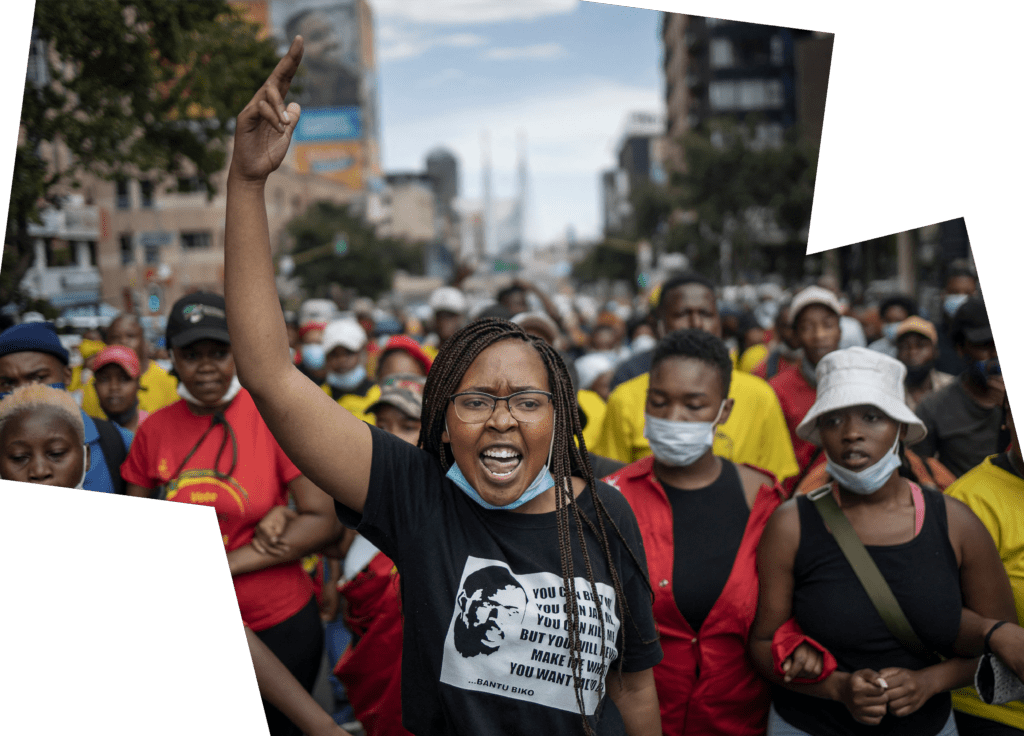
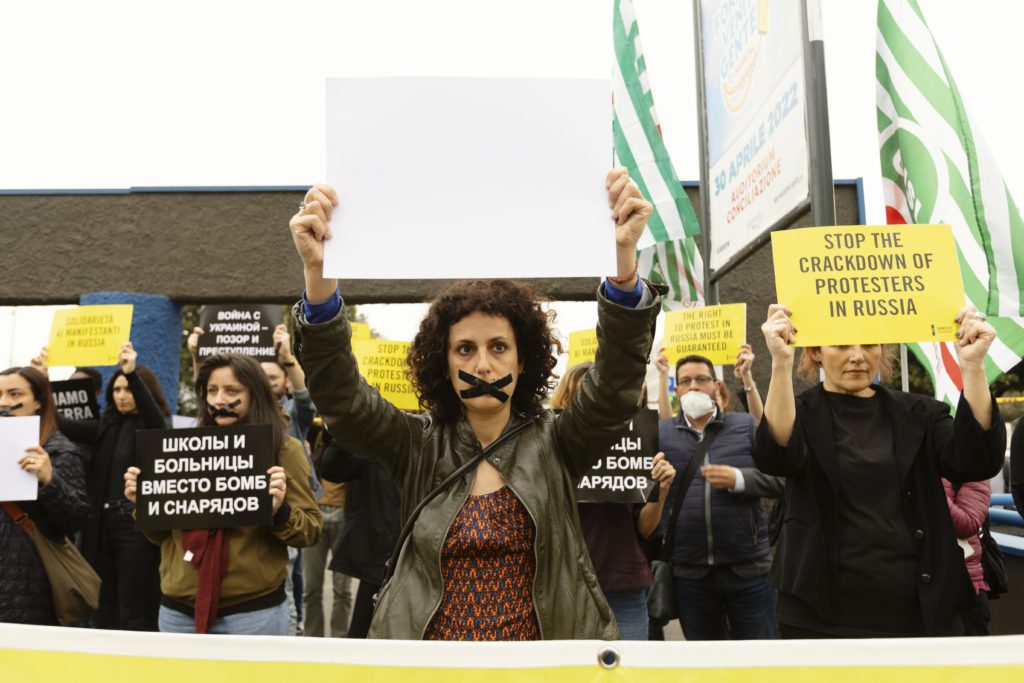
What is Amnesty International doing to protect the right to protest?
In the face of unprecedented threats to the right to protest, Amnesty International launched a global campaign to confront states’ widening and intensifying efforts to erode our fundamental human rights.
The campaign will work to expose when the right to protest is violated and support movements in their demands for accountability.
By working together, it is possible to bring about real change. Amnesty International strives to provide active support that amplifies the voices of activists and other people-powered movements.
Add your voice to our global call to protect the protest and join our campaign today.

